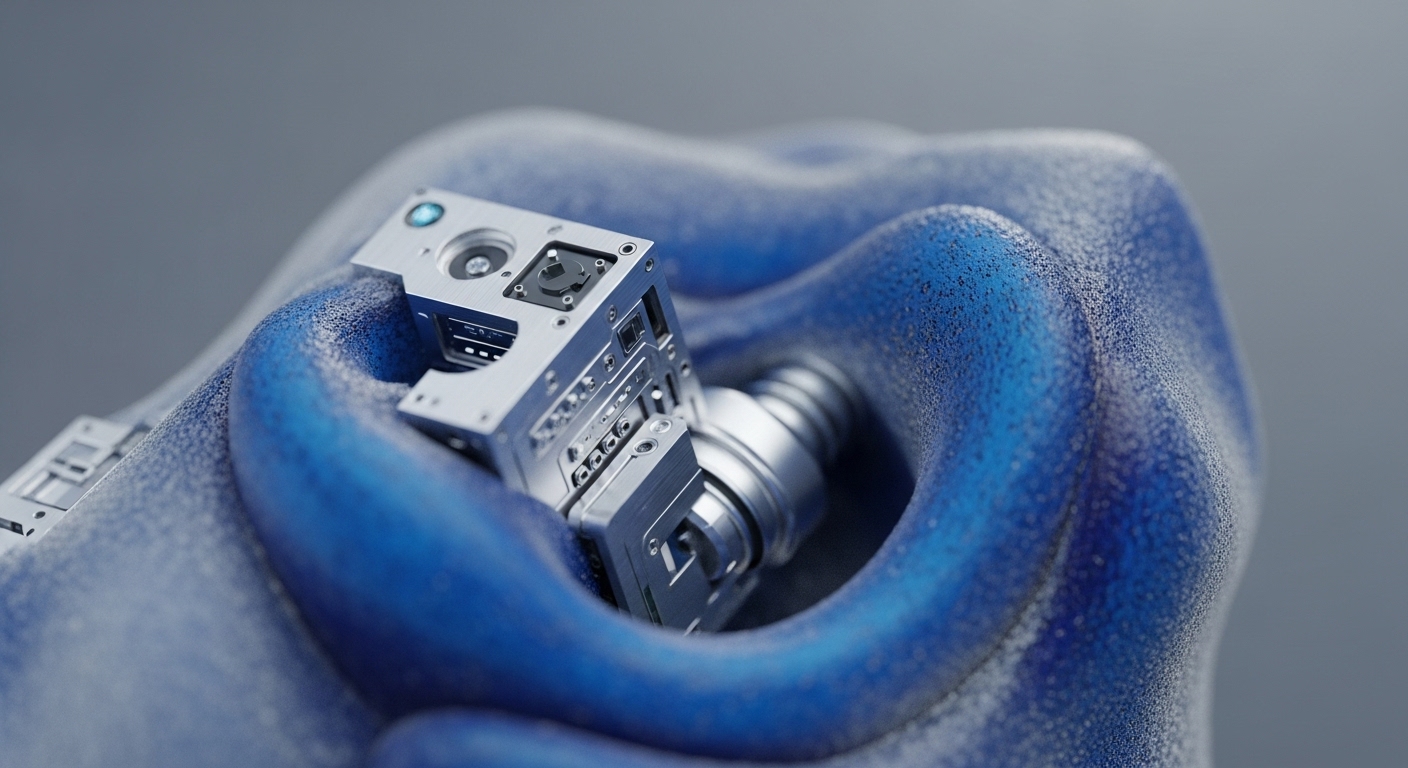
Briefing
The foundational challenge of constructing non-interactive zero-knowledge arguments for quantum computation has been the reliance on non-transparent setup procedures and the lack of provable witness extractability. This research introduces a novel Non-Interactive Zero-Knowledge Argument of Knowledge (NIZK-AoK) for the complexity class QMA, leveraging a new application of the coset state authentication scheme to replace the prior requirement of an entire obfuscated program with a simple Uniformly Random String setup. This theoretical breakthrough provides a path toward building truly post-quantum, trustless verifiable computation primitives that guarantee not only the correctness of a quantum statement but also the ability to extract the underlying quantum witness, fundamentally securing future decentralized architectures against quantum adversaries.

Context
Before this work, the only known publicly-verifiable Non-Interactive Zero-Knowledge (NIZK) argument for Quantum Merlin-Arthur (QMA) required an entire obfuscated program as the Common Reference String, which inherently introduces a complex, non-transparent, and potentially fragile trusted setup dependency. Furthermore, achieving the critical property of extractability, which ensures the prover actually possesses the witness, was only possible in highly restrictive secret parameters models, leaving a significant gap in the foundational security guarantees for quantum-secure systems.

Analysis
The core mechanism is a new NIZK-AoK for QMA, fundamentally differing from previous constructions by its use of the coset state authentication scheme to verify the quantum computation. This scheme is integrated to allow the verifier to check the QMA statement’s truth without interaction, while the proof of knowledge property is secured by mathematically establishing that a valid quantum witness can be directly derived from an accepting proof. The reliance on complex cryptographic primitives is reduced by isolating a specific, game-based property of an obfuscator, termed the evasive composability heuristic, which can be further replaced by the heuristic use of a hash function in the quantum random oracle model.

Parameters
- Setup Transparency ∞ Achieved by using a Uniformly Random String (URS) instead of a complex, obfuscated program.
- Extractability ∞ The property that a valid witness can be extracted directly from an accepting proof.
- QMA Complexity Class ∞ The class of problems that can be verified efficiently by a quantum computer.
- Evasive Composability Heuristic ∞ The isolated game-based property of an obfuscator that is sufficient for the security proof.

Outlook
This work immediately opens new avenues in quantum-safe cryptography, particularly by advancing the goal of a fully transparent and post-quantum secure verifiable computation stack. In the next three to five years, these primitives could be integrated into decentralized systems to enable quantum-secure ZK-Rollups and private smart contracts, where the security proof is not merely computational but is rooted in the extractability of quantum witnesses. Future research will focus on fully realizing the construction in the quantum random oracle model to eliminate all reliance on the obfuscation heuristic.

Verdict
This research establishes a foundational cryptographic primitive that is essential for constructing the next generation of post-quantum, trustless, and transparent decentralized architectures.
